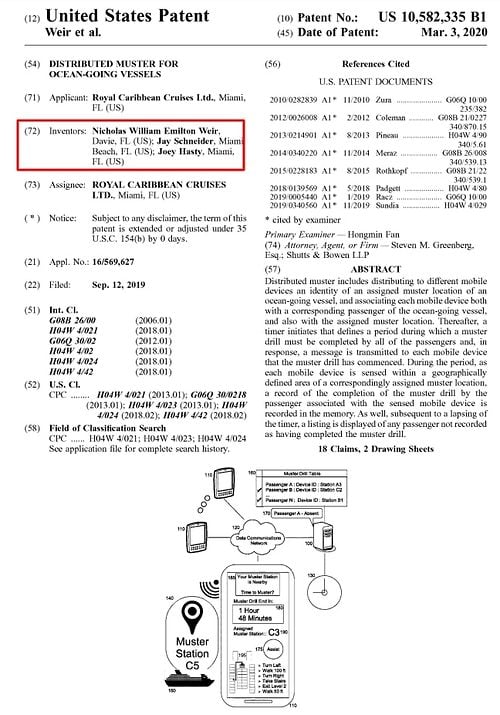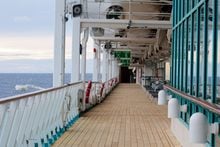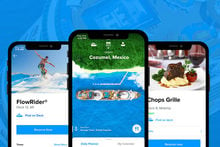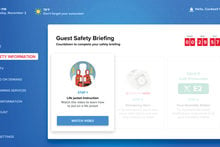Last week, Royal Caribbean announced its new approach to the mandatory safety drill aboard cruise ships that seeks to reinvent a traditionally tiresome requirement.
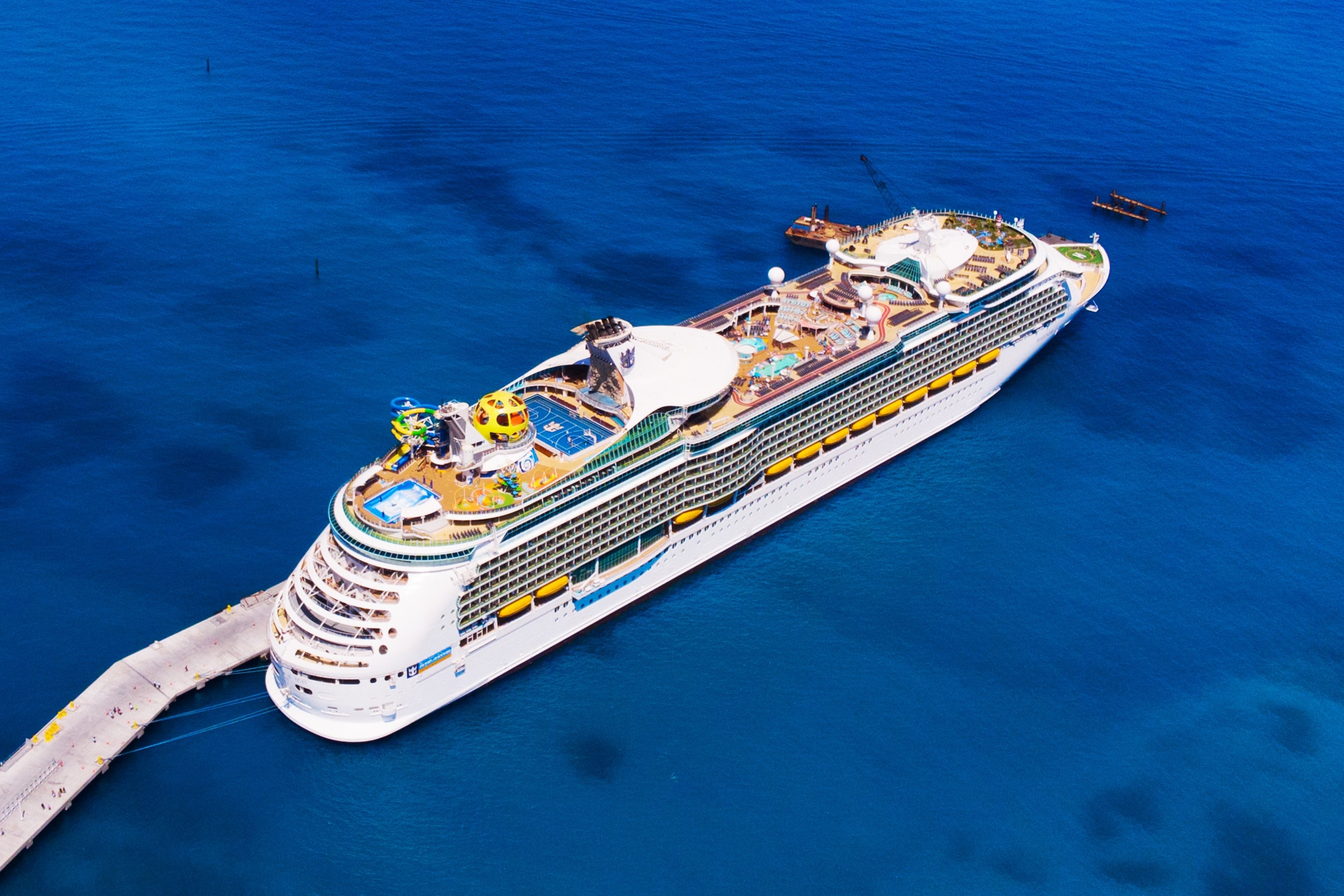
This brand new approach to eMuster was so innovative, that Royal Caribbean actually filed a patent for Muster 2.0, and the patent details a great deal of how it will all work.
In digging through the 9 pages of the patent, I found a few tidbits of interest that did not make the press release.
Muster 2.0 was invented by Royal Caribbean's head of entertainment

Interestingly enough, this new approach to the safety drill was not conceived of by a special blue ribbon panel, tech company or computer named Deep Thought. Instead, it was the brain child of the same person responsible for creating the shows and live entertainment on the cruise ships.
Royal Caribbean Senior Vice President of Entertainment, Nick Weir is listed on the trademark as the inventor of the "Distributed Muster for Ocean-Going Vessels".
Mr. Weir, along with Royal Caribbean's Senior Vice President of Digital Jay Schneider, came up with the eMuster idea and formulated the patent for the new way of providing safety information to passengers.
Royal Caribbean filed for the patent months before the pandemic began
After hearing about Muster 2.0, many people thought this was the perfect solution to a problem that exists in a world affected by a pandemic. Howe ever, the idea came about months before COVID-19 ever got started.
The U.S. Patent and Trademark Office records the patent filed on September 12, 2019 (with the filing approved and issued on March 3, 2020).
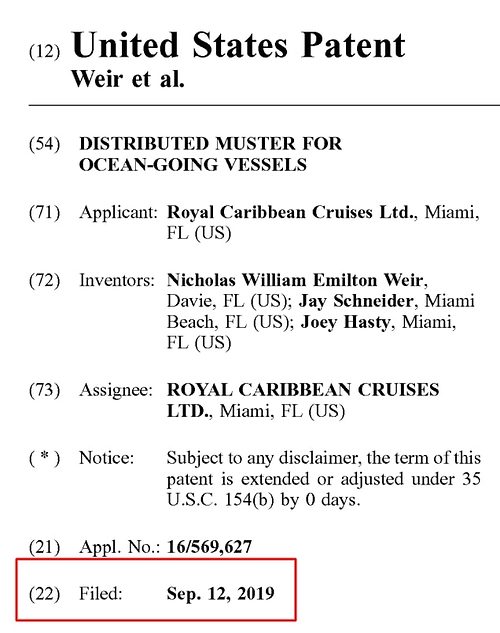
This means this revolutionary idea was in the works many months before the cruise industry would be shut down and innovations to promote social distancing were ever needed.
There could be a quiz (so pay attention)
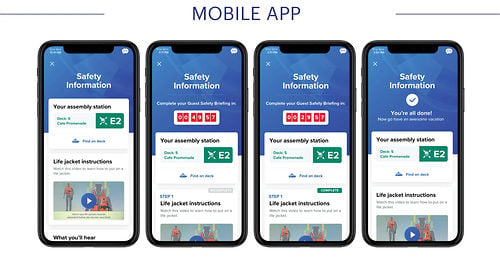
If you think you can start the eMuster app and take a nap while it plays, think again.
The patent paperwork details the functionality behind Muster 2.0, and it sounds like the user could be required to answer a series of questions to ensure they understood what was presented.
Thereafter, as each one of the mobile devices is sensed within the geographically defined area of the corresponding one of the muster locations, a presentation is displayed within the user interface of a set of questions pertaining to the muster drill video in the user interface. Finally, for each mobile device sensed within the geographically defined area, answers received for the set of questions are scored.
Optionally, it may be determined that the scored answers for one of the mobile devices exceeds a threshold value, so that a voucher for a reward may be transmitted to the one of the mobile devices.
While taking notes may be overdoing it, you definitely do not want to ignore the important safety information you are hearing on your mobile device or television.
You can ask for help during the drill
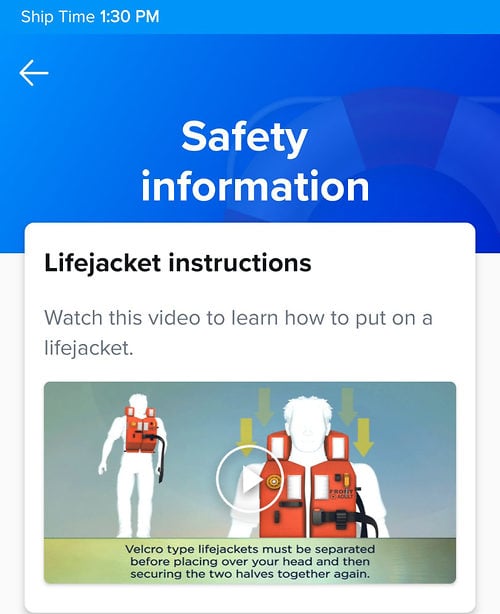
No matter how smart or efficient an app Royal Caribbean develops, there are bound to be guests with questions or concerns.
Baked into the logic of Muster.20 is an option for guests to get help and make it easy for the crew to locate these guests.
During the period defined by the timer, a button control is displayed within a user interface of each of the mobile devices . The button control is configured to transmit a message requesting assistance during the muster drill . Consequently, during the muster drill, the message may be received from one of the mobile devices, a position located of the mobile device, and a crew member mobile device nearest to the position identified .
Finally, the position and an identity of a passenger corresponding to the mobile device may be transmitted to the crew member mobile device
They could send messages to anyone who missed the muster drill
Making the muster drill self-service lead some to wonder what happens to those who skip it in. While Royal Caribbean has indicated anyone that skips it will still have to do it later, they could also let those naughty people know they are in trouble.
The patent wording says the app has the ability to contact those guests who missed the drill.
Targeted instructions may be transmitted to specific ones of the passengers after the completion of the muster drill
There are a couple ways Royal Caribbean could determine when you complete the drill
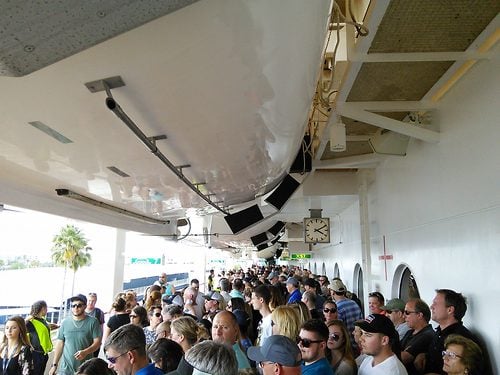
How exactly Royal Caribbean (or any cruise line that leverages Muster 2.0) will conduct the new muster drill will depend on the implementation.
After a guest finishes the self-service component, they still need to report to their muster station to satisfy the maritime law requirement that they know where their muster stations is located.
The patent lists a few ways the drill could mark a guest as having successfully completed it. This could allow for different ships in Royal Caribbean's fleet to implement in different ways, or it is accounting for flexibility in how other cruse lines may implement the concept.
Detecting a guest entering the muster station
In this regard, during the period defined by the timer, as each mobile device is sensed within a geographical area corresponding to an assigned one of the muster stations, an entry in the muster drill table is provided indicating that a corresponding one of the passengers has completed muster.
For instance, the mobile device may include short range wireless communications adapted to communicate with a receiver disposed within the geographical area so as to indicate a presence of the mobile device at the assigned one of the muster stations .
Scanning the app in the mobile device
Alternatively, a bar code displayed in the user interface can be scanned at a kiosk disposed within the assigned one of the muster stations.
Scanning the SeaPass card
As yet another alternative, an identification card or bracelet can be scanned at a kiosk within the assigned one of the muster stations.


